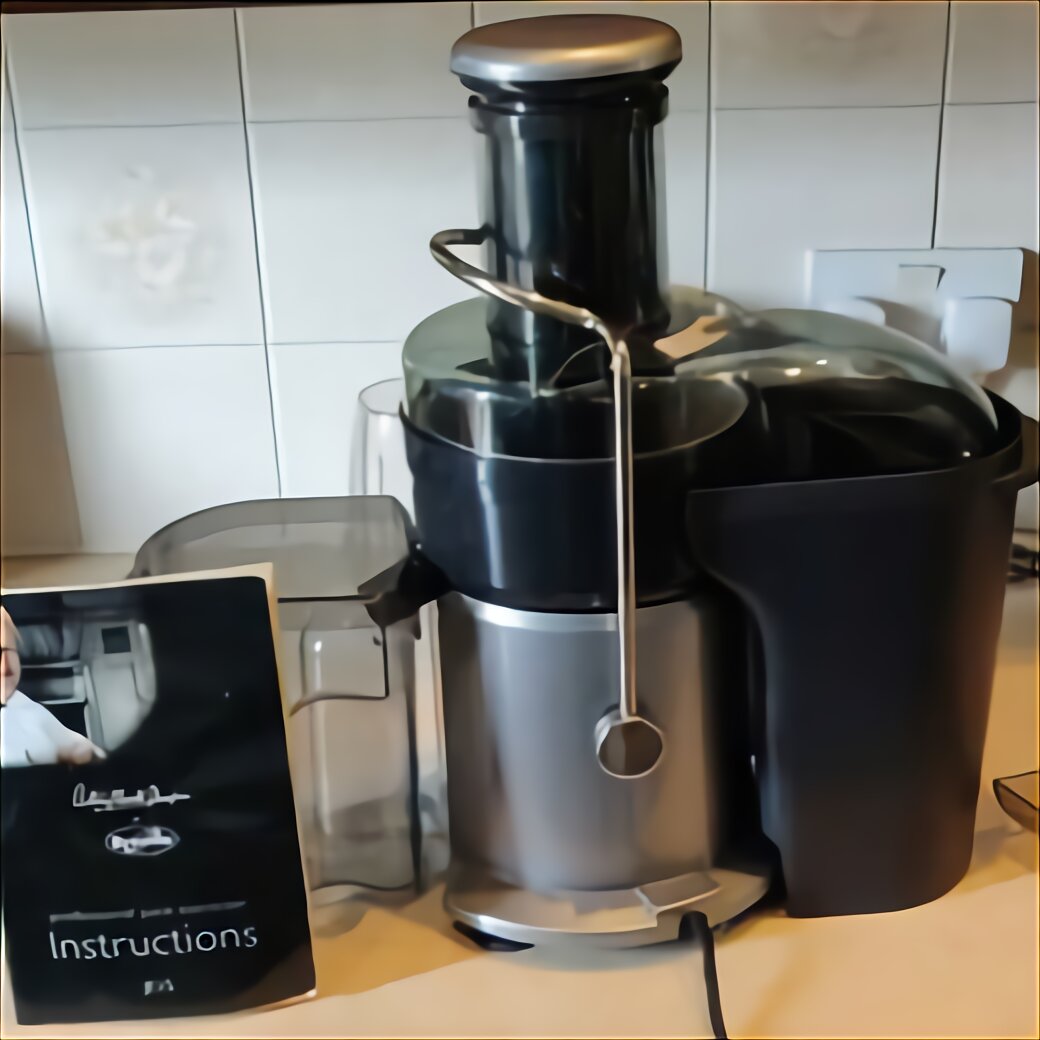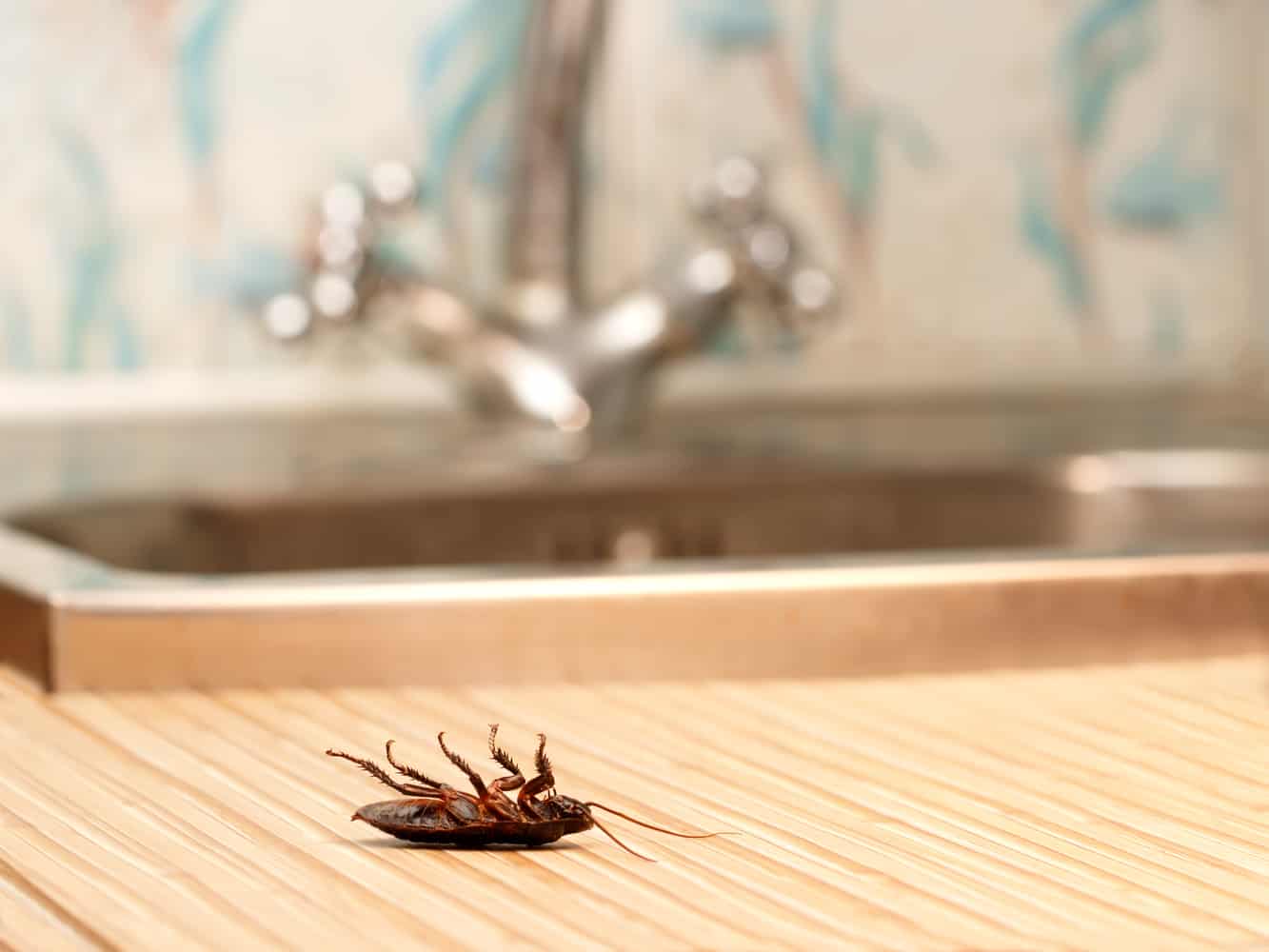Peppers are one of the most versatile and tasty vegetables you can grow in your garden, and you don’t need a lot of space to do it. Whether you have a large yard or a small balcony, you can grow bell peppers in pots and enjoy fresh, crisp, and colorful peppers right at home.
To grow successful bell peppers, you need to consider their needs and requirements. These sweet and crunchy veggies prefer warm temperatures, lots of sunlight, and well-drained soil. If you can provide these conditions, you can grow healthy and productive bell pepper plants in pots.
When it comes to choosing pots, size does matter. Bell peppers need enough room to grow and develop their roots, so you need to select a pot that is at least 10-12 inches deep and wide. Plastic, ceramic or terracotta pots are suitable for growing peppers, but make sure they have drainage holes to prevent water from accumulating and causing root rot.
The soil is another important factor in growing bell peppers in pots. You need to choose a high-quality potting mix or make your own by combining equal parts of peat moss, vermiculite, and perlite. This mixture provides good drainage, retains moisture, and has enough nutrients for your plants to flourish.
To plant peppers in pots, fill the pot with the soil mix up to 2 inches below the rim. Dig a small hole in the center and place the pepper plant carefully. Fill the hole with soil and pat it gently. Water the plant thoroughly and keep it in a warm and sunny location.
Water your peppers regularly, but avoid overwatering, which can drown the roots and cause the leaves to turn yellow or brown. A good rule of thumb is to water when the top inch of soil is dry to the touch. Fertilize your pepper plants once a month with a balanced fertilizer that is rich in nitrogen, phosphorus, and potassium. This will boost their growth, health, and fruit production.
As your bell pepper plants grow, you may need to provide them with support to prevent them from falling over. You can use stakes or cages to prop them up and help them grow upright.
Harvesting bell peppers is a joyous experience, as you get to enjoy the fruits of your labor. Pick your peppers when they are fully ripe and have reached their desired size and color. Cut them off with a sharp knife or scissors, leaving a small stem attached to the fruit.
In conclusion, growing bell peppers in pots is a rewarding and fun activity that anyone can do. With a little bit of knowledge and effort, you can enjoy fresh and delicious peppers all summer long. Happy gardening!
If you are looking for Growing Bell Peppers in Pots | How to Grow Bell Peppers in Containers you’ve visit to the right place. We have 8 Pictures about Growing Bell Peppers in Pots | How to Grow Bell Peppers in Containers like How to Grow Peppers | Hunker, How Far Apart To Plant Pepper Plants? Oh, Now I Know! and also How Far Apart To Plant Pepper Plants? Oh, Now I Know!. Here it is:
Growing Bell Peppers In Pots | How To Grow Bell Peppers In Containers
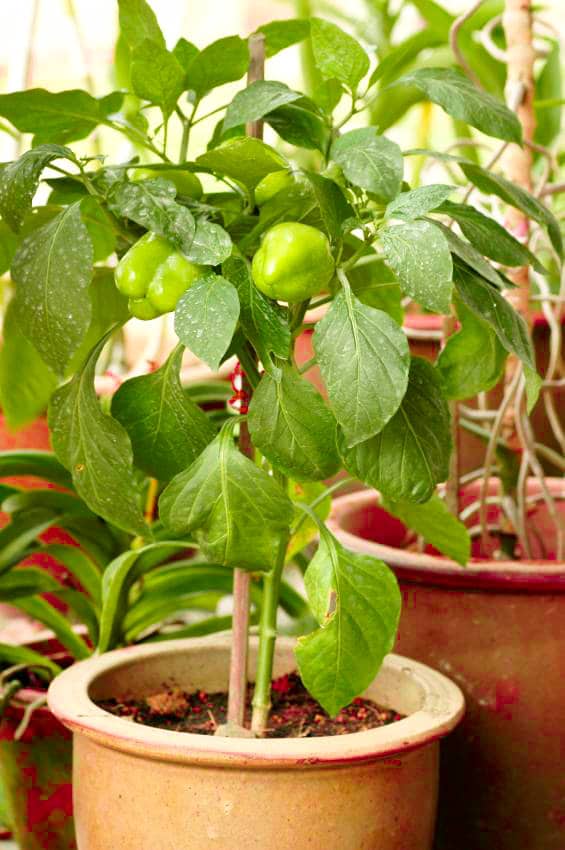
balconygardenweb.com
bell growing containers pepper pots peppers grow care support garden
Plant Peppers In Early Spring | WRKF
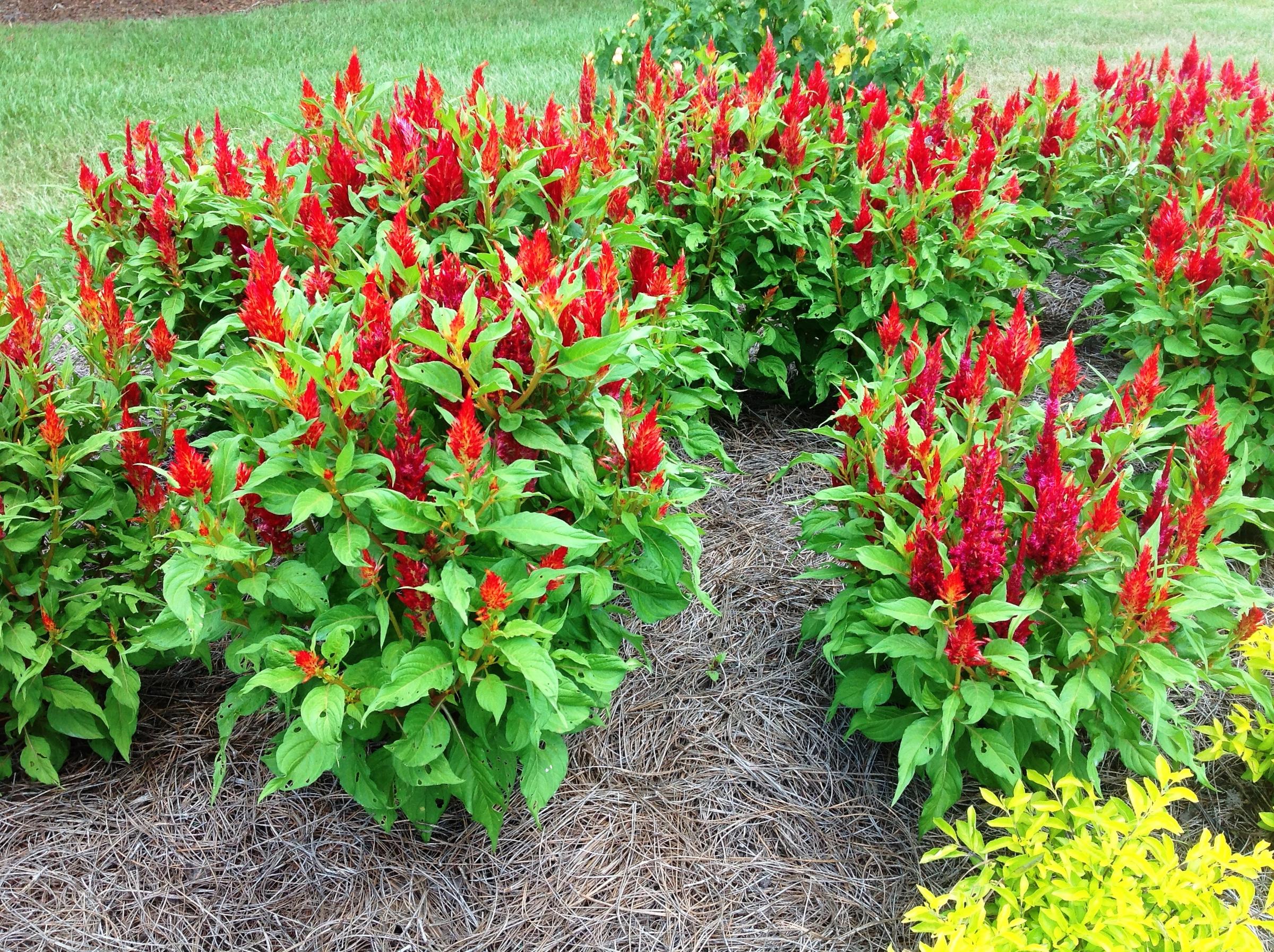
www.wrkf.org
summer celosia plant plants ornamental bedding heat colorful take peppers early spring wrkf pep landscapes fall lsu agcenter owings allen
Bell Pepper Plant Care: How Do I Grow Peppers At Home

www.gardeningknowhow.com
peppers
How To Grow Bell Peppers In A Container Vegetable Garden – The Plant Guide

theplantguide.net
bell peppers grow vegetable garden plant container maggie april posted theplantguide
How Far Apart To Plant Pepper Plants? Oh, Now I Know!
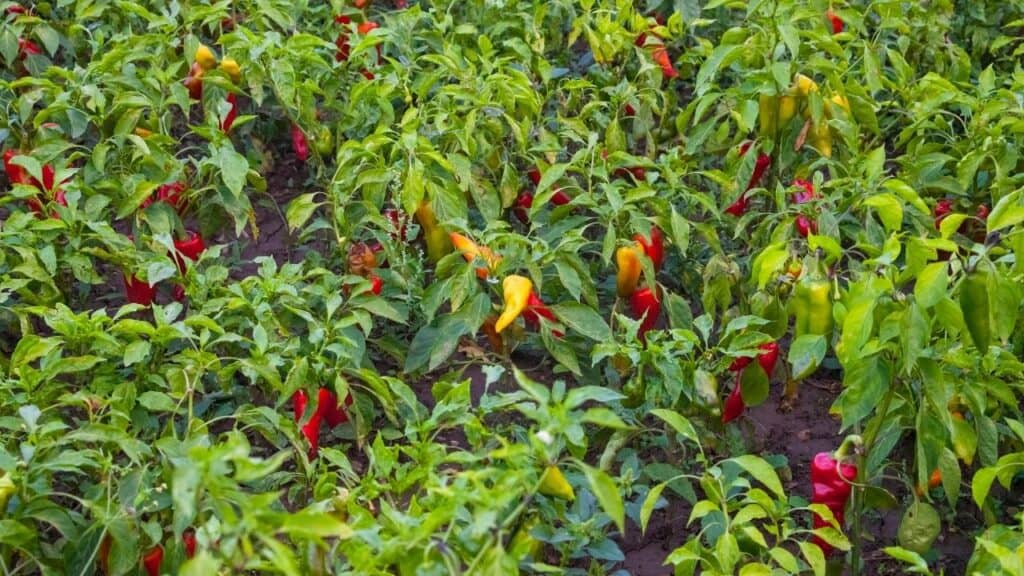
plantophiles.com
apart plantophiles
How To Grow Peppers | Hunker
www.hunker.com
Information About Pruning Pepper Plants

www.gardeningknowhow.com
bell peppers pruning
Captive Roots: Plant Peppers And Tomatoes Deep For Higher Yields And
captiveroots.blogspot.com
peppers plant deep roots captive summer garden happy last plants
Peppers plant deep roots captive summer garden happy last plants. How to grow bell peppers in a container vegetable garden. Captive roots: plant peppers and tomatoes deep for higher yields and
 markanthonystudios.net Mark Anthony Studios Site
markanthonystudios.net Mark Anthony Studios Site


